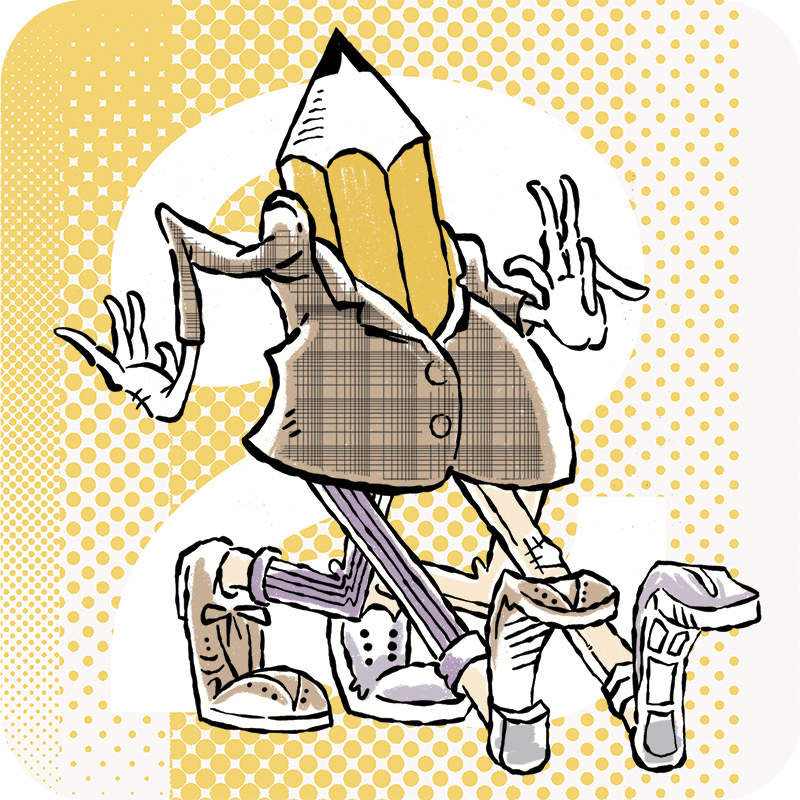Is “Fair Use” Fair?
Everyone knows Shepard Fairey’s famous “Hope” image of Barack Obama. It was everywhere during his first campaign. It was also smack in the center of a three-way copyright spat between the artist, the photographer and The Associated Press.
We fell in love with Fairey’s work through his Obey campaign. The boldness of his work rises out of skate and hardcore culture developed from extensive use of stenciled appropriated images and collaged intricate flourishes. The images are conceptual, compelling, entertaining and super-tasty.
The Associated Press sued Fairey for copyright infringement of their Obama photo taken by Mannie Garcia. Fairey actually sued them first. (That’s another story we touch on in our “Civic Posters” episode.) Fairey said he used the shot as reference for his image. He claimed fair use for artistic expression. This is not new. Andy Warhol made a fortune this way. “We believe fair use protects Shepard’s right to do what he did here,” Fairey’s attorney had stated.
Mannie Garcia, the original photographer, was on assignment at the press club to cover George Clooney who was sitting beside then unannounced candidate Obama. Garcia says he shot hundreds of photos that day and didn’t even know “Hope” was based on his photo.
“I’ve been on the campaign for twenty-something months,” said Garcia, “I would see the artwork, I would photograph it, and think what is with this image? But it didn’t snap. It never occurred to me it was my picture…It’s a really cool piece of work.”
Okay, here’s the deal: Fairey used a commonplace image to draw from. Certainly, if you put them side by side you’ll see the reference. You’ll also see the difference. With respect to Mr. Garcia, he shot hundreds of photos that day and thousands over the course of the campaign. As we mention in our “Civic Posters” episode, his image could belong to anyone with a phone who happened to sit in front of and slightly below Mr. Obama during the event.
The lawsuits were settled behind closed doors.
While there remains uncertainty on how this case will affect future intellectual property issues, one thing is certain. Shepard Fairey’s work is about the art of appropriation. The medium is the message. This street artist, known for being arrested 14 times, now has his historical work in the National Portrait Gallery. He’ll inspire a group of disenfranchised apathetic design students to pursue the career. His credibility will grow with his audience. This whole brewhaha just makes his work more noteworthy, and him more cool.
